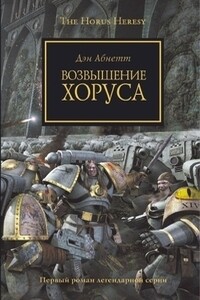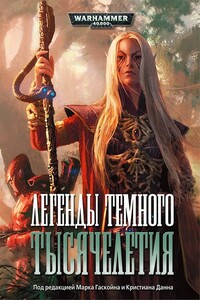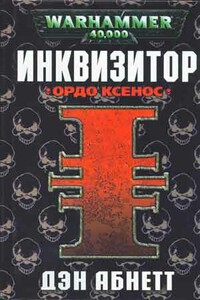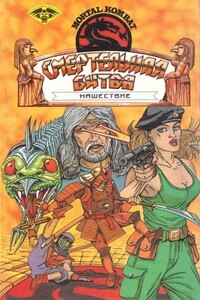At the rear of the cavity, ancient stonework had been exposed. I was no expert, but the stone, a hard pale material glittering with flecks of mica, didn't look local. There was evidence that parts of it had been cut away with rock drills and cutting beams.
This is old,' said Fischig. He ran his hand across the riven stone facing, 'but the damage is new.'
The wheel-graves,' Alizebeth Bequin said suddenly. I looked over at her. 'On Bonaventure/ she explained, remembering her homeworld. There were famous old sites in the western hills, made by races before man. They were arranged in radiating circles, like wheels. I used to go there, when I was a child. They had been decorated once, I suppose, but the surfaces had been cut away. Ransacked by later hands. It reminds me of this.'
There are many who make a trade in archaeological plunder/ said Fischig. 'And if it's xenos artefacts, the penalty is high.'
I'd overheard Glaw and his allies mention archeoxenon materials. If this was such a site, connected in some way to the as yet mysterious saruthi, it accounted for the way they persisted in working it despite the volcano.
What had they taken from here? What was it worth to them? What was it worth to the saruthi?
We retraced our steps back to the main seam, passing three more abandoned cavities. Each one had shown signs of the old stonework, and each had been robbed like the first.
We came to the end of the seam, and a metal ladder rose up through scaffolding to an opening in the rock ten metres up.
We climbed up into another tunnel, and at once heard the rattle of rock drills. The atmosphere was clearer here, and we were able to remove our rebreathers. Cold air, from the surface, I guessed, breezed down the tunnel. With extreme caution, we passed along, crossing the mouth of a gigantic cavern that had probably been a magmatic reservoir. The walls were polished and fused by heat. Crouching low, we looked in, and saw work gangs of men and women, undoubtedly Rhizor's kinfolk, forming basket chains to clear rock debris from the workface. There were at least a dozen of the bestial guards in their black, spiked armour. One walked the workline and administered encouragement with an electro-lash.
I peered in more intently, and tried to make sense of the main working. Two Damaskite slaves worked with rock drills, cutting back the crust of wall, exposing a wide stretch of the old stone facing. Other slaves, most of them women, laboured closely on the exposed section with small picks, awls and brashes, revealing carvings of intricate design.
A relay of shouts ran down the guard line, and we hid ourselves in the tunnel shadows. From up ahead, lamps bobbed and wove, and a party of men came down the tunnel from the surface into the cavern. Three were guards, two grey-shrouded supervisors with data-slates. The others were Gorgone Locke and the pipe-smoker Girolamo Malahite.
As I suspected, members of the Glaw cabal had escaped House Glaw alive. Estrum's rogue fleet had no doubt played a part in that salvation.
Locke was dressed in a leather robe with armoured panels woven into it. His mouth still showed the wound I had inflicted there. His mood was sullen.
Malahite was dressed in black as I had seen him before. He stood, studying data-slates, conferring with the dig supervisors and the leader of the guard team before moving to look at the exposed stretch of achaeoxenon material. The slave workers shrank back out of his way.
He exchanged a few words with the men around him, and the guard leader hurried off, returning with a bulky rocksaw. The tool trailed cables and tubes behind it, back to a socket junction at the mouth of the cavern, where it linked to a system of power and water supply lines running back up the tunnel to the generators and pumps at the surface.
The saw whined into life, pumping a sheen of water over its blade to keep it clean and cool. The guard leader carefully sliced the blade into the rock, the saw keening as it bit. In a few seconds, he had cut a slice of the carvings free. As far as I could tell, the carvings were made on individual stone blocks, and he was slicing the sculpted faces off the stones. He cut two more, and they were passed with reverence to Malahite, who studied them and then handed them on to be wrapped in plastic and placed in wooden carriers. The slices looked very much like the old stone tablets I had seen in that private study under House Glaw.







